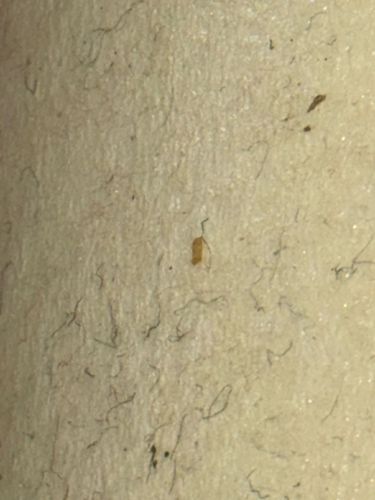Booklouse
Scientific Name: Psocoptera (various genera, e.g., Liposcelis)
Order & Family: Psocoptera (Booklice and Barklice), diverse families
Size: Typically 1-2 mm, though some species can be larger.

Natural Habitat
Damp, warm, and dark environments; commonly found in homes (especially in books, stored food, and areas with mold), museums, and libraries. They feed on microscopic mold and fungi.
Diet & Feeding
Mainly feed on microscopic mold, fungi, starch products, glues (e.g., in book bindings), dead insects, and various organic matter. They are not blood feeders.
Behavior Patterns
They are typically slow-moving and prefer undisturbed, humid environments. They are often found in large numbers when conditions are favorable. They are known for their ability to reproduce rapidly, with some species being parthenogenetic (females can reproduce without males). They are mostly harmless to humans.
Risks & Benefits
Risks: Can infest stored food products (though they don't consume much, their presence is a nuisance), damage books (by feeding on glues and paper), and indicate high humidity and potential mold growth in a living space. They are not known to bite humans or transmit diseases. Benefits: Considered detritivores, playing a role in breaking down organic matter, especially mold and fungi.
Identified on: 9/4/2025